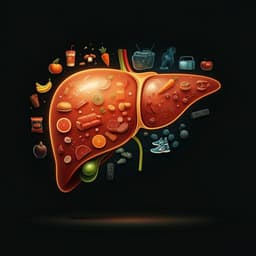
Economics
Near-Suicide Phenomenon: An Investigation into the Psychology of Patients with Serious Illnesses Withdrawing from Treatment
Q. Vuong, T. Le, et al.
This research dives into the critical 'near-suicide' phenomenon among seriously ill patients in Vietnam, revealing how financial burdens influence health decisions. Conducted by Quan-Hoang Vuong, Tam-Tri Le, Ruining Jin, Quy Van Khuc, Hong-Son Nguyen, Thu-Trang Vuong, and Minh-Hoang Nguyen, the study highlights the urgent need for policy interventions to alleviate financial pressure and enhance healthcare equality.
~3 min • Beginner • English
Related Publications
Explore these studies to deepen your understanding of the subject.







